Wikipedia:Wikipedia Signpost/2012-04-09/Featured content
Appearance
Featured content
Assassination, genocide, internment, murder, and crucifixion: the bloodiest of the week
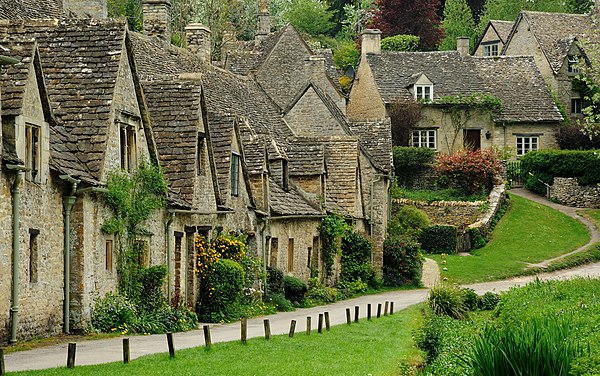
Featured articles
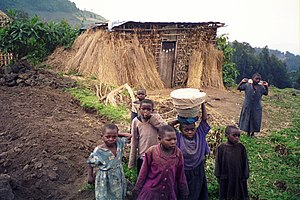
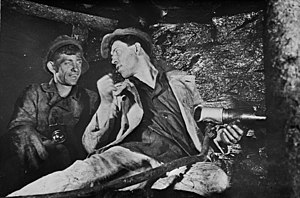
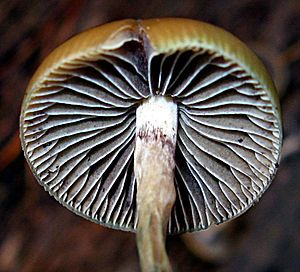
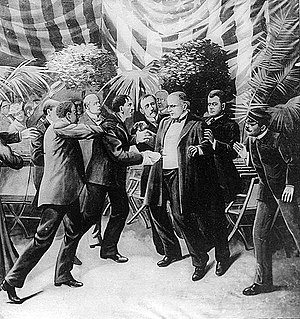

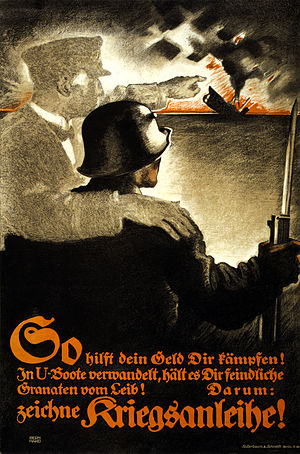
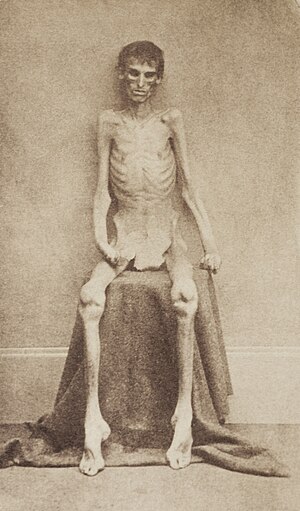
Nine featured articles were promoted this week:
- Rwanda (nom) by Amakuru. Rwanda, officially the Republic of Rwanda, is a country in central and eastern Africa with a population of approximately 11.7 million people (2012). Located just south of the Equator, all of Rwanda is at high elevation, dominated by mountains in the west, savanna in the east, and with numerous lakes throughout. The population is young and predominantly rural, with a density among the highest in Africa. Rwandans comprise three groups: the Hutu, Tutsi, and Twa. The Twa are a pygmy people who descend from Rwanda's earliest inhabitants, while scholars disagree on the origins of and differences between the Hutu and Tutsi. The country endured a civil war in 1990, which was followed four years later by a genocide during which Rwanda's economy, based mostly on subsistence agriculture, suffered heavily but has since strengthened.
- Wage reform in the Soviet Union, 1956–1962 (nom) by Coolug. During the Khrushchev era, from 1956 through 1962, the Soviet Union attempted to implement wage reforms intended to move Soviet industrial workers away from the mindset of overfulfilling quotas that had characterised the Soviet economy during the preceding Stalinist period and toward a more efficient financial incentive. Industrial managers were often unwilling to implement actions that would effectively reduce workers' wages, however, and frequently ignored the directives they were given. As a result, the reforms ultimately failed to create a more efficient system.
- Air raids on Japan (nom) by Nick-D. Allied forces conducted many air raids on Japan during World War II, causing extensive destruction to the country's cities and killing at least 241,000 people. The air campaign waged by the United States military against Japan began in earnest in mid-1944 and intensified during the war's last months. Japan's military and civil defenses were unable to stop the Allied attacks. The Allied bombing campaign was one of the main factors which influenced the Japanese government's decision to surrender in mid-August 1945. In addition to the loss of life, the raids caused extensive damage to Japan's cities and contributed to a large decline in industrial production. In contrast, Allied casualties were low.
- Psilocybe aztecorum (nom) by Sasata. Psilocybe aztecorum is a species of psilocybin mushroom in the Strophariaceae family. Known only from central Mexico, the fungus grows on decomposing woody debris, and is found in mountainous areas at elevations of 3,200 to 4,000 m (10,500 to 13,000 ft), typically in meadows or open, grassy forests. The species was first reported by French mycologist Roger Heim in 1956 as a variety of Psilocybe mexicana before he officially described it under its current name a year later. Named for its association with the Aztec people, P. aztecorum may have been one of the sacred mushroom species, or teonanácatl ("flesh of the gods"), reported in the codices of 16th-century Spanish chronicler Bernardino de Sahagún.
- Rainilaiarivony (nom) by Lemurbaby. Rainilaiarivony (1828–96) was the Prime Minister of Madagascar from 1864 to 1895, succeeding his older brother Rainivoninahitriniony. His career path mirrored that of his father Rainiharo, a renowned military man who became Prime Minister during the reign of Queen Ranavalona I. Despite a childhood marked by ostracism from his family, Rainilaiarivony rose to a position of high authority and confidence in the royal court as a young man, serving alongside his father and brother. After his brother was deposed in 1854, he took his place as Prime Minister, remaining in power for the next 31 years by marrying three queens in succession: Rasoherina, Ranavalona II and Ranavalona III.
- Assassination of William McKinley (nom) by Wehwalt. The 25th President of the United States, William McKinley, was assassinated on September 6, 1901, inside the Temple of Music on the grounds of the Pan-American Exposition in Buffalo, New York. McKinley was shaking hands with the public when he was shot by Leon Czolgosz, an anarchist. Czolgosz had lost his job during the economic crisis known as the Panic of 1893, and regarded McKinley as a symbol of oppression. McKinley initially appeared to be recovering, but took a turn for the worse on September 13 as his wounds became gangrenous, and died early the next morning.
- Elias Abraham Rosenberg (nom) by Mark Arsten and Livitup. Elias Abraham Rosenberg (1810–87) was a Jewish immigrant to the United States who, despite a questionable past, became a trusted friend and adviser of King Kalākaua of Hawaii. Rosenberg told the king Bible stories and encouraged him to revive traditional Hawaiian religion—an idea that angered his political rivals. In June 1887, Rosenberg returned to San Fransisco. Soon after his departure from Hawaii, the June 1887 Constitution – which curtailed royal power – was forced upon Kalākaua.
- Murder of Joanna Yeates (nom) by Paul MacDermott and BabbaQ. Joanna Clare "Jo" Yeates (1985–2010) was a 25-year old landscape architect from Hampshire, England, who went missing on 17 December 2010 after an evening out with colleagues. A highly publicised appeal for information on her whereabouts and intensive police inquiries led to the discovery of her corpse. A suspect, Christopher Jefferies, was arrested but found innocent. The nature of press reporting of his arrest led Jefferies to bring libel action against eight UK newspapers, resulting in the payment to him of substantial damages. In October 2011, Dutch engineer Vincent Tabak was tried for Yeates' murder, found guilty, and sentenced to life imprisonment.
- Bastion (video game) (nom) by PresN. Bastion is an action role-playing video game produced by independent developer Supergiant Games and published by Warner Bros. Interactive Entertainment. Bastion's story follows the character of "the Kid" as he moves through floating, fantasy-themed environments and fights enemies of various types which attempt to harm him. The player controls "the Kid" as he collects special shards of rock to power the titular Bastion. Since its release, Bastion has won many nominations and awards, including several for best downloadable game and best music.
Featured lists
One featured list was promoted this week:
- List of international cricket five-wicket hauls by Waqar Younis (nom) by Sahara4u. Waqar Younis, a retired Pakistani cricketer, took 35 five-wicket hauls during his career in international cricket. In cricket, a five-wicket haul refers to a bowler taking five or more wickets in a single innings. Fewer than 40 bowlers have taken more than 20 five-wicket hauls at international level in their cricketing careers. Younis' career-best figures for an innings were 7 wickets for 76 runs against New Zealand at Iqbal Stadium, Faisalabad, in October 1990.
Featured pictures
Twelve featured pictures were promoted this week:
- Arlington Row, the Cotswolds (nom; related article), created and nominated by Saffron Blaze. The Arlington Row Cotswold stone cottages are located in Bilbury, England. Build in 1380 to store wool, the row is one of the most photographed Cotswold scenes. The image was promoted over objections from reviewers during its featured picture candidacy that a quick internet image search showed that a better composition was possible.
- Averbode Abbey (nom; related article) by JH-man, nominated by Tomer T. Averbode Abbey, a Premonstratensian monastery in Belgium, was established in 1134. However, the oldest surviving building on the site – the gate house – dates from the 1300s.
- Andersonville Prison (nom; related article) by John L. Ransom, restored and nominated by Jujutacular. Andersonville prison, officially known as Camp Sumter, served as a Confederate prisoner of war camp during the American Civil War. The map depicts different locations within the prison, labeled in the article.
- Andersonville Survivor (nom; related article) by an unknown photographer, restored and nominated by Jujutacular. Prisoners of war are persons held in custody by an enemy power during or immediately after an armed conflict. This Union Soldier was held in terrible conditions at Andersonville Prison during the American Civil War.
- St Luke's Church, Frampton Mansell (nom; related article) by Saffron Blaze. St Luke's Church in Frampton Mansell, Stroud, was built in 1843 and sits on the top the Churn Valley. The church is an English Heritage Grade II Listed Building.
- HP Pavilion at San Jose (nom; related article), created by JaGa and nominated by Tomer T. The HP Pavilion, also known as The Shark Tank, is a hockey arena used primarily by the San Jose Sharks. Opened in 1993, the arena can seat between 11,000 and 20,000 spectators, depending on the event.
- Your Liberty Bond will help stop this (nom; related article), created by Fernando Amorsolo, restored and nominated by Crisco 1492. The newly featured poster, an American World War I propaganda piece from the Philippines aimed at selling war bonds, depicts the story of The Crucified Soldier—reportedly a Canadian soldier crucified on a tree or door by German troops.
- Zoe Lyons with Cigar (nom; related article), created by Steve Ullathorne and nominated by A Thousand Doors. This new featured picture of American comedian Zoe Lyons received enthusiastic support: reviewer's endorsements included "a portrait image of a comedian couldn't have been better" (Sanyambahga) and "best free image of a living person nominated here yet" (Daniel Case).
- So hilft dein Geld (nom; related article) by Lucian Bernhard, restored by Bellhalla, and nominated by Crisco 1492. This World War I German propaganda poster depicts the need for war bonds (Kriegsanleihe); this was imperative during the war as Germany could not draw international loans.
- American Gothic (nom; related article), created by Grant Wood and nominated by Crisco 1492. Wood's American Gothic, painted in 1930, was inspired by a Gothic Revival cottage and the artist's idea of who lived there. It is one of the more famous works of American art.
- Christ Crucified (nom; related article), created by Diego Velázquez and nominated by Crisco 1492. Velázquez's Christ Crucified, painted in 1632, is a frontal nude which depicts the crucifixion of Jesus. The painting is housed in the Museo del Prado.
Featured portal
One featured portal was promoted this week:
- Arts (nom) by Cirt. The arts are a vast subdivision of culture, composed of many creative endeavors and disciplines. It is a broader term than "art", which as a description of a field usually means only the visual arts. The arts encompass visual arts, literary arts and the performing arts—music, theatre, dance and film, among others.
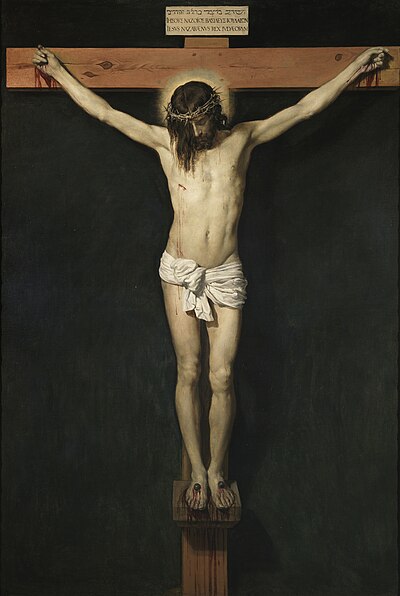



Discuss this story
I don't know about you guys, but I've never associated "Assassination, genocide, internment, murder, and crucification" with a picturesque row of Cotswold cottages. Is there some dark secret they're not telling us? :) ~~ Bettia ~~ talk 14:24, 10 April 2012 (UTC)[reply]